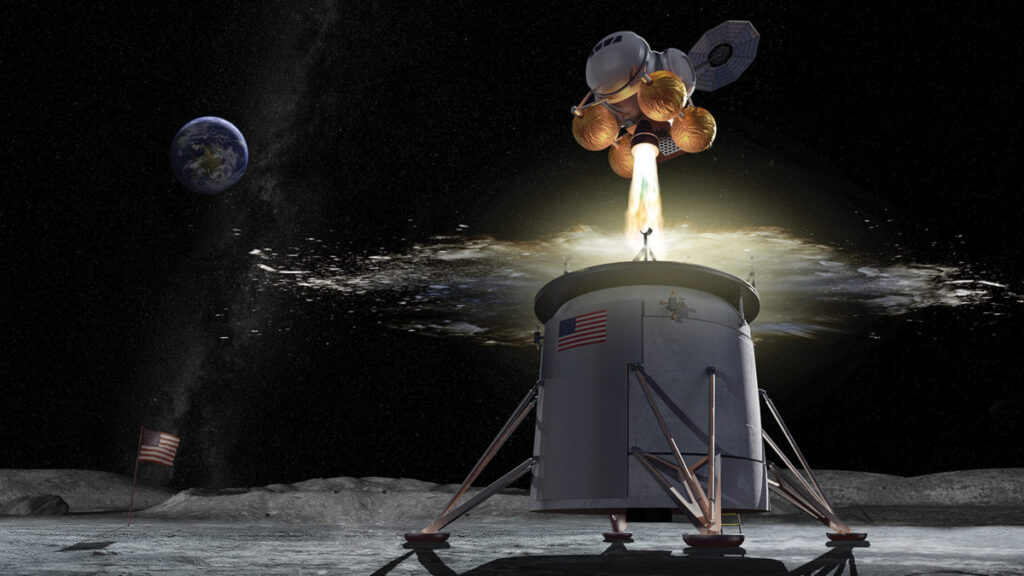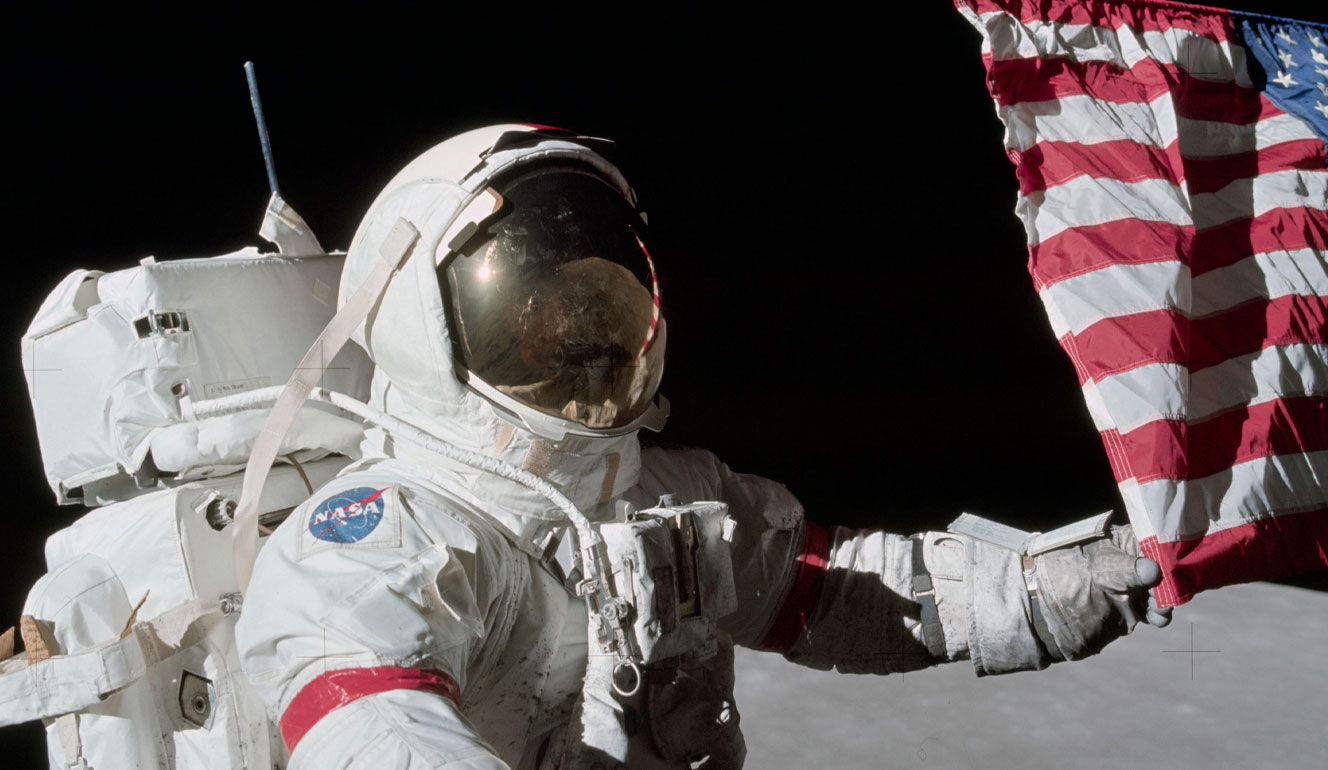
Little-known astronaut Eugene Cernan was the last man to step off the moon in 1972. He took man’s latest small step in the giant leap for humankind. With Cold War warming up and enormous budgetary constraint, NASA canceled the Apollo program with no more crewed missions to the moon.
After a half-century, NASA will return to the moon as part of President Trump’s Space Policy Directive 1. Apollo’s twin sister Artemis will pick up the torch.
According to NASA, Artemis is the new lunar exploration program, which includes sending the first woman and first person of color to the moon. Through the Artemis missions, NASA will use the latest technology to study the moon in new and better ways and prepare for human missions to Mars.
Today
November 16, 2022, Artemis 1 was successfully launched from Kennedy Space Center. It is the first integrated flight test of the Orion spacecraft and Space Launch System (SLS) rocket marking the start of NASA’s return to lunar exploration and eventually to Mars.
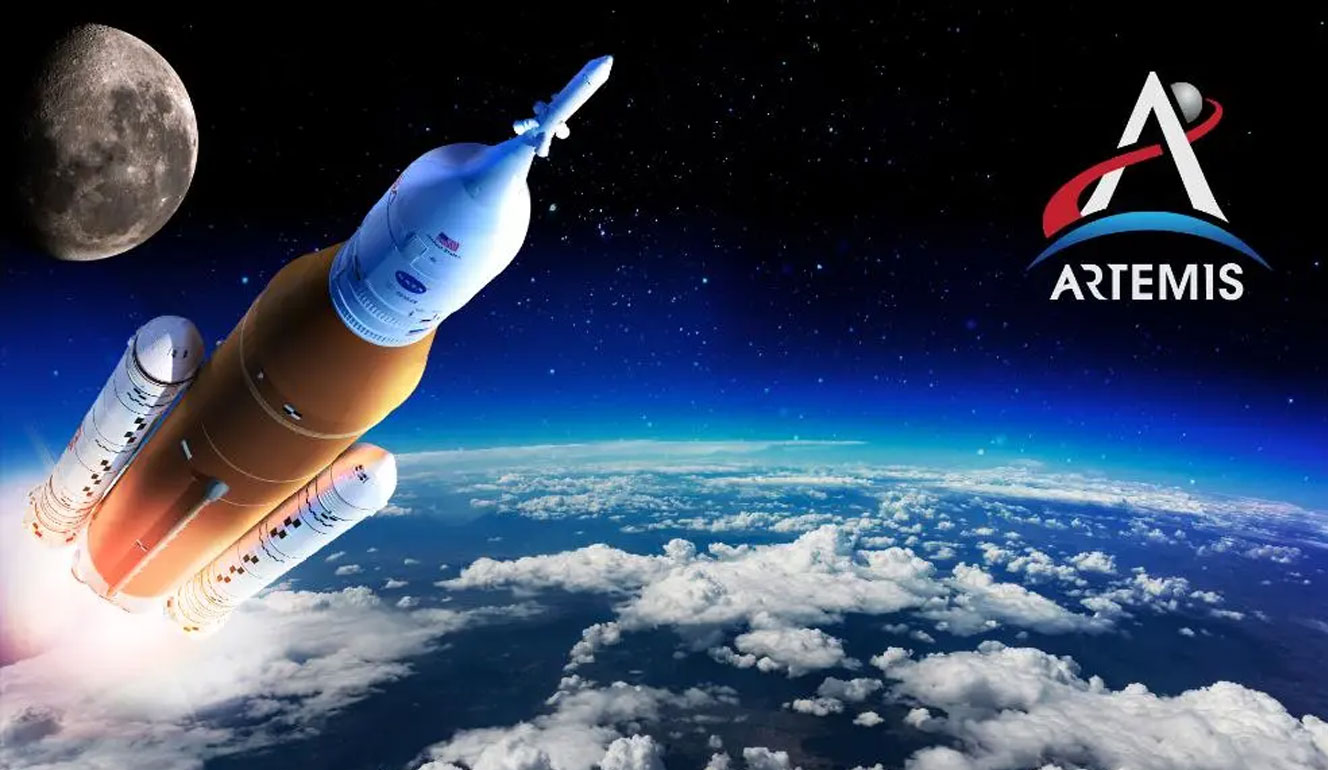
Here is the timeline for the next half-century of lunar colonization.
2024
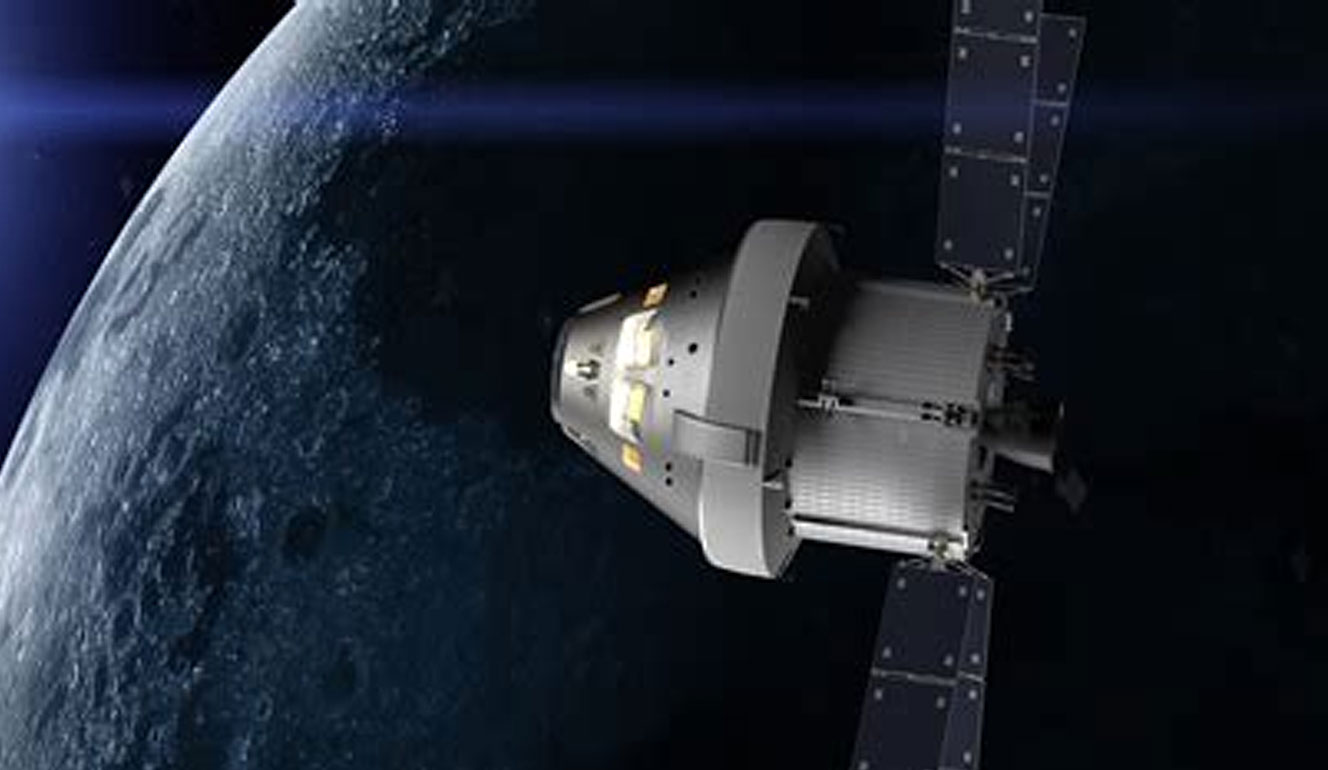
The Lunar Gateway space station goes online, and a SpaceX starship undocks and heads toward the surface of the moon. The Orion spacecraft transported four astronauts from earth to the lunar space station. Two transferred onto the HLS (Human Living System) starship. This first human begins working on the first lunar base and marks the beginning of the industrial age of the moon.
2028
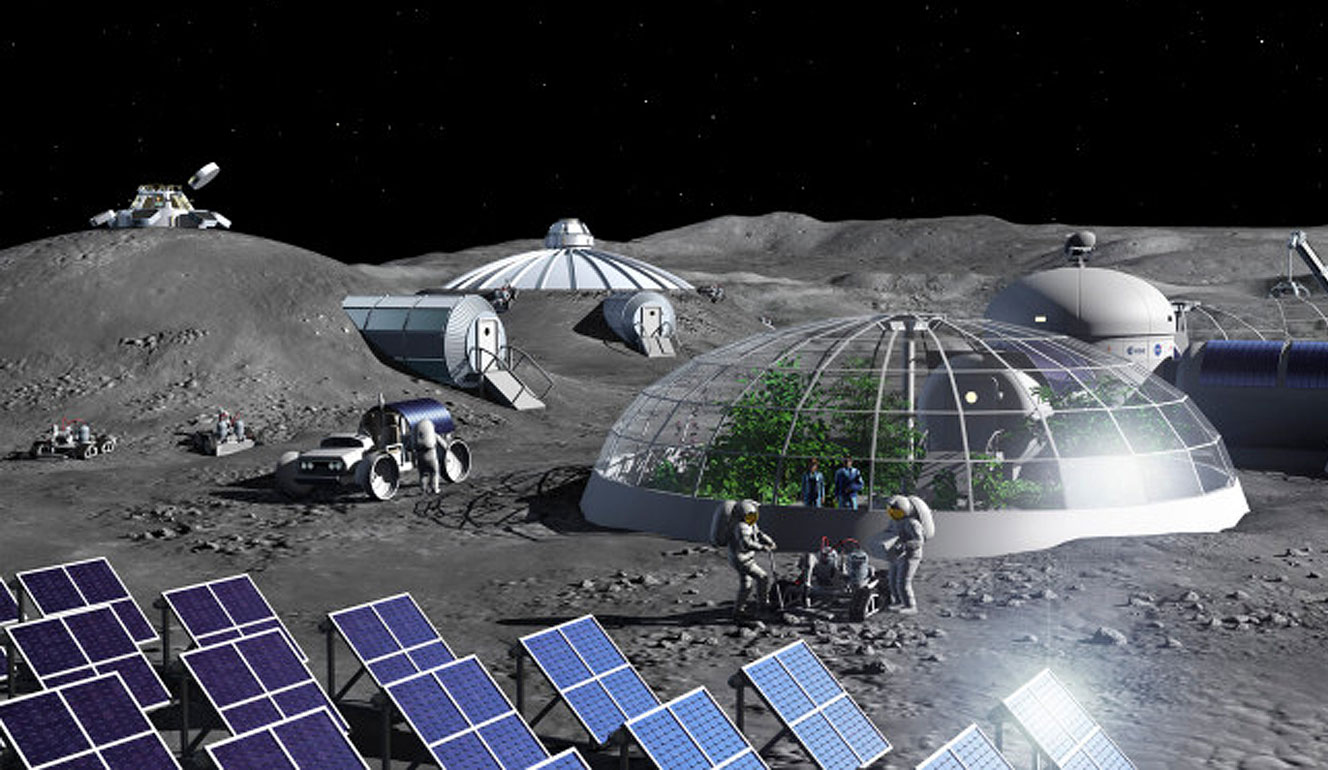
With the help of cube satellites, rovers search for lunar icy water at the moon’s south pole. A Prime drill is deployed to harvest the ice from below the lunar surface. The water from the ice is used to make fuel, water, and oxygen. The moon’s south pole is very strategic because it never gets dark, making it an ideal location for solar panels. It also faces the earth enabling continuous communication.
An international treaty is signed to preserve important cultural sites on the moon. This includes the Tranquility base, and the astronauts’ footprints are historical sites that are protected.
2030
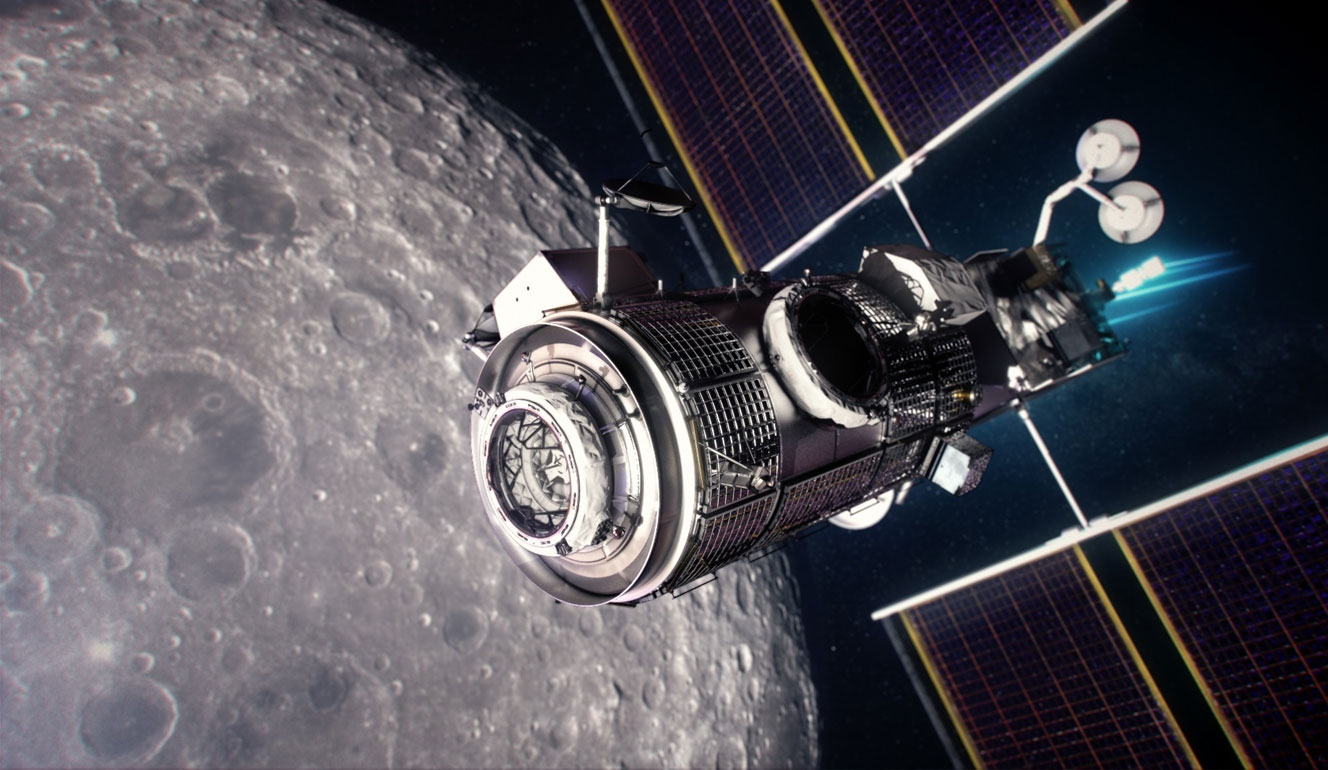
The Cosmic Starlink goes online and connects the Earth, Lunar Gateway space station, Moon, and Mars. Artemis rocket is refueled with fuel made on the moon. The Lunar Gateway serves as deep space transport for cargo and crew members to Mars. Lunar paraterraforming begins, and the moon regolith or soil is turned into living soil in the transparent greenhouse. Genetically modified plants are grown not only for food but also for recycling air and human waste. Plants are also grown to make glue mixed with the regolith as material for 3D printing.
2040
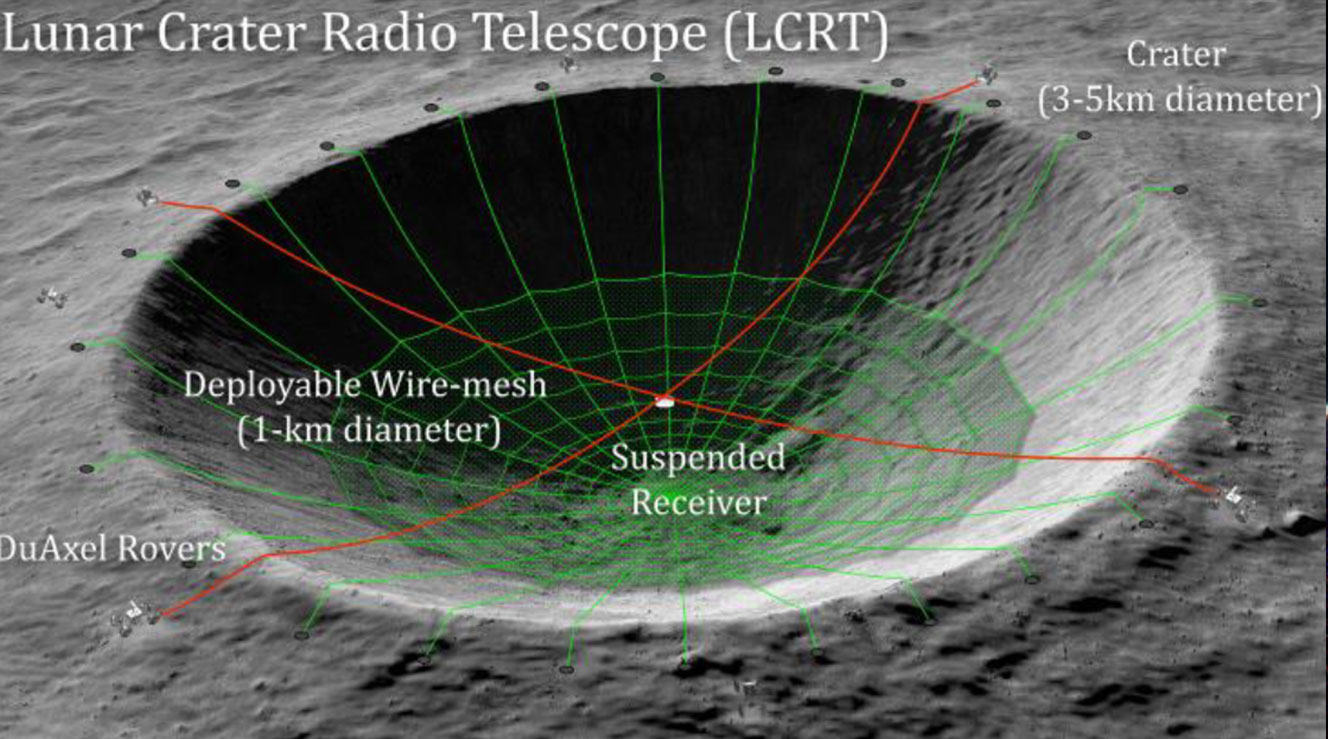
The population has grown significantly, with two lunar bases representing 20 countries. Temporary shelter in lava tubes is built with Elon Musk’s Boring Company. Rovers poured lunar soil onto inflatable dome shells and earned the nickname: hobbit houses. The Neil Armstrong solar farm provides energy. There is also a training facility for Mars mission certification. The mile-wide crater telescope will be built, and university students will come to conduct research.
2050
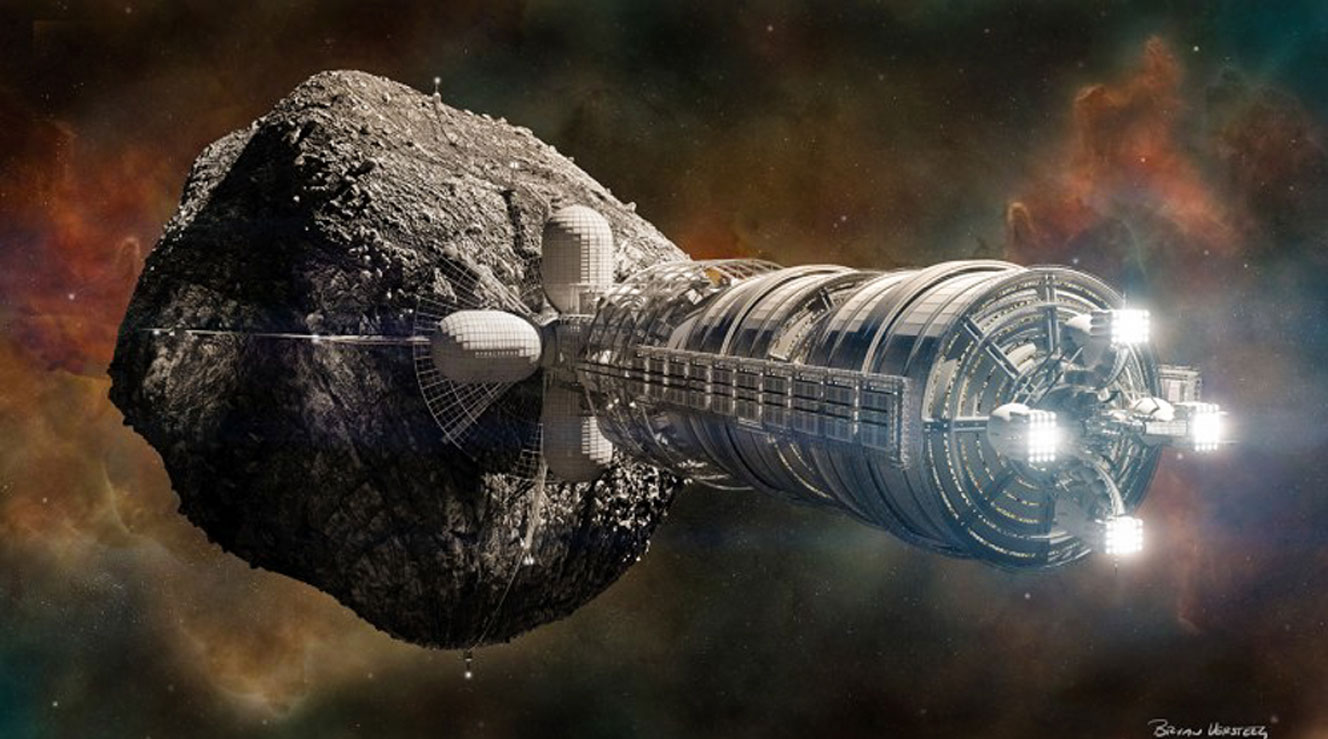
Beyond 2060, the moon is poised to become a vital resource hub, with plans for mining aluminum, titanium, rare earth metals, and helium-2 isotopes for fusion reactor fuel. Asteroids will be redirected to orbit the moon for mining purposes, while space tourism will flourish with the construction of hotels. This decade heralds the dawn of the lunar information age, as lunar bases evolve into self-sustaining communities. Rockets are 3D printed, and a moon railway system is established. Additionally, the Earth Defense Network is activated to safeguard against comet and asteroid threats, while a lunar laser station, powered by solar sails, aids spacecraft bound for deep space.
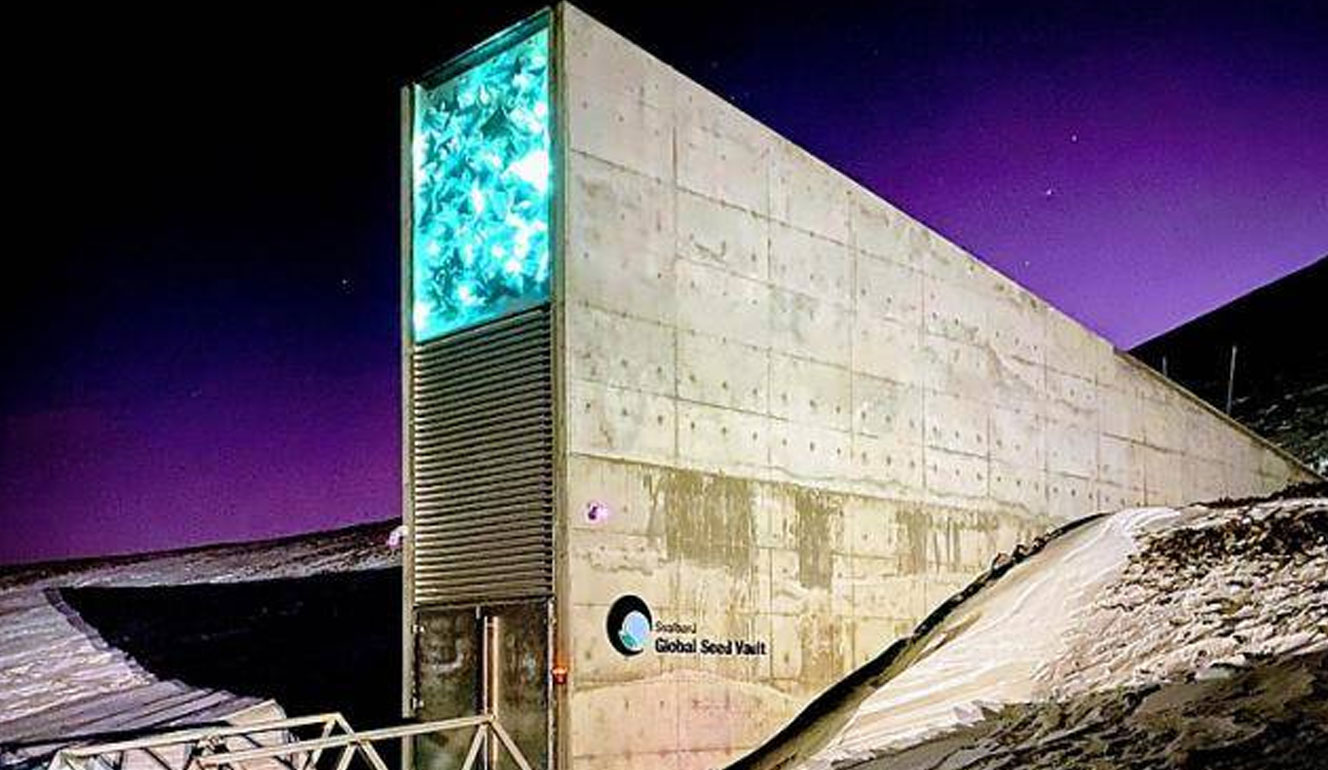
Finally, the Earth Legacy Project is launched, securing and preserving all information and knowledge within a deep lunar bunker. This repository includes genetic data from various plant and animal species, including humans, ensuring the continuity of civilization and life on Earth.

